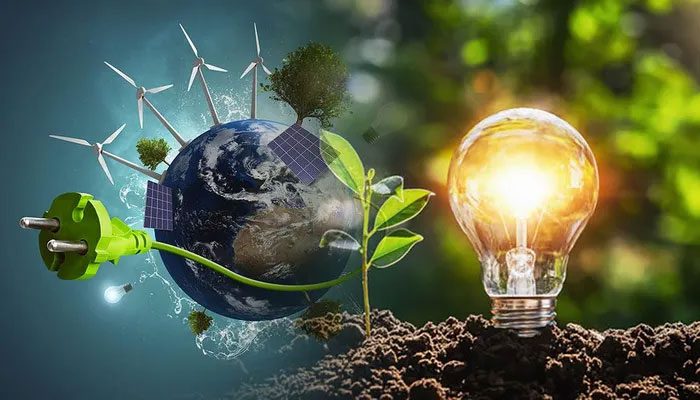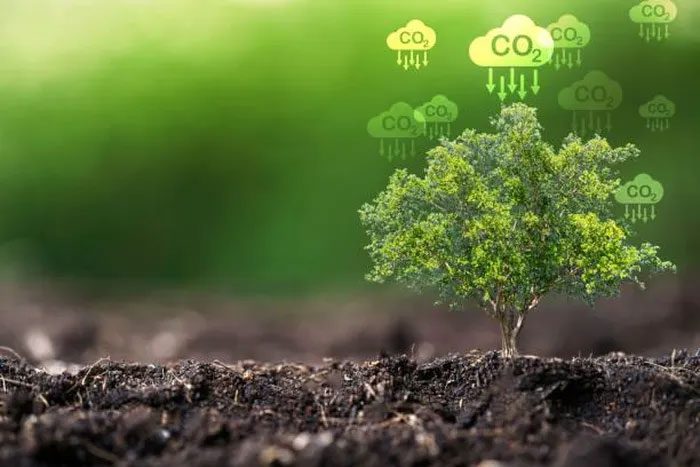Understanding the mechanism of geological batteries will provide a broader perspective on wetland ecosystems, allowing us to explore innovative methods to combat climate change.
In the endless climate system of nature, soil and water are abundant natural energy banks that researchers from Aarhus University in Denmark have identified as having the potential to develop into geological batteries, providing energy without harming the environment.
How Do Geological Batteries Work?

Geological batteries utilize available natural energy sources from soil and water.
Geological batteries, or geo-batteries, are natural electrical transmission systems found in soil and water. Essentially, geological batteries consist of three main components: natural organic matter, pyrogenic carbon, and mixed valency minerals. Natural organic matter primarily includes decomposing plants and biomass that accumulate in peatlands. The second component, pyrogenic carbon, consists of organic substances formed after combustion, such as soot, wood ash, and biochar. Lastly, minerals present in the soil, like iron and manganese, also contribute to the formation of geological batteries. Even tiny microplastics that settle in the soil can function as geo-batteries.
Geo-batteries contain special chemical groups capable of capturing and releasing electrons. This ability allows geological batteries to bridge gaps between soil ecosystems while transmitting energy to where it is most needed.
In a publication in July 2024, Dr. Shihao Cui’s research team explored the operational mechanisms of geological batteries. Through a reversible cycle of storing, exchanging, and receiving electrons, the electrical transmission systems in the soil function like small rechargeable batteries, thereby supplying energy to the surrounding environment.
Similar to other types of batteries, geological batteries undergo redox reactions. However, the key difference lies in their continuous recharging mechanism, enabled by changing environmental conditions, such as fluctuations in groundwater levels.

Dr. Shihao Cui analyzes biochar samples for his research.
Incredible Benefits of Geological Batteries
Researching geological batteries is not just about seeking new renewable energy sources; it also holds significant potential applications. Geothermal batteries operate like mini power plants. They can facilitate anaerobic digestion processes to break down waste and generate energy. Additionally, geological batteries help clean contaminated soil and water from harmful substances such as pesticides and herbicides. Understanding the electron transmission capabilities of geothermal batteries will assist humans in optimizing nutrient recycling processes, decomposing pollutants, and reducing methane emissions.
The most exciting discovery is their ability to capture more carbon underground. Some geothermal batteries can also help reduce emissions of potent greenhouse gases like methane. This highlights the crucial role of geothermal batteries in the fight against climate change in our current era of overwhelming emissions.
Dr. Shihao Cui noted that geothermal batteries are affected by groundwater levels. Therefore, researching their reactions in changing environments can predict ecosystem responses during floods, droughts, and other natural disasters. Consequently, environmental predictions can also be improved in the face of changes.

Soil and water are effective carbon storage reservoirs. (Photo: Shutterstock).
Research on geological batteries can support humanity in combating climate change. However, the greatest challenge today is the complex changes in the natural environment, which make measuring electron transmission processes increasingly difficult. Therefore, researchers are conducting fieldwork to monitor water levels in peatlands or flooded areas. This field research will help bridge the gap between laboratory studies and real-world applications, as well as gain a deeper understanding of the recycled elements and greenhouse gases.


















































